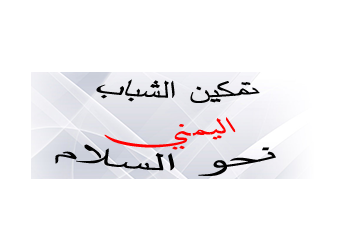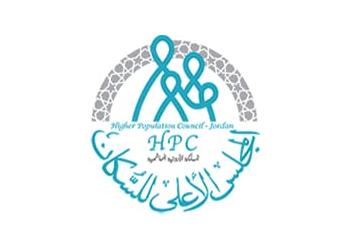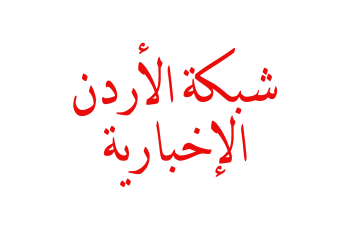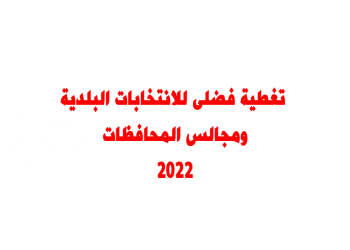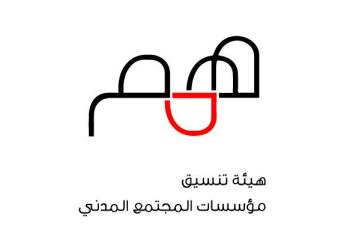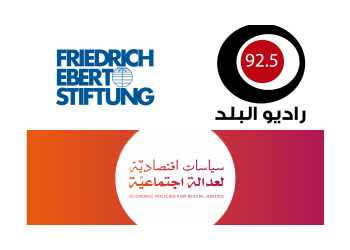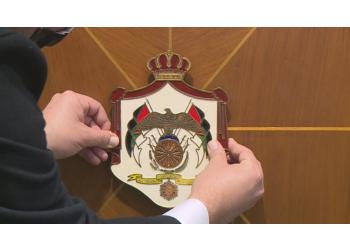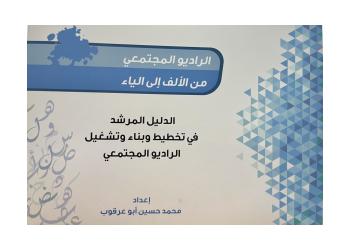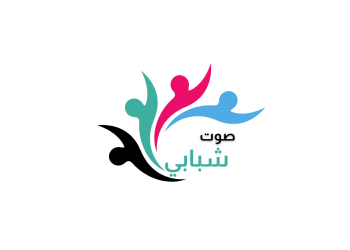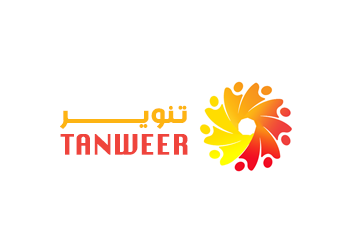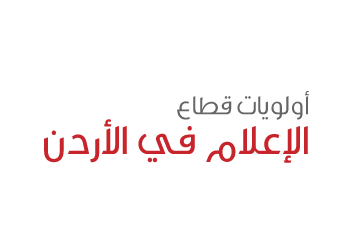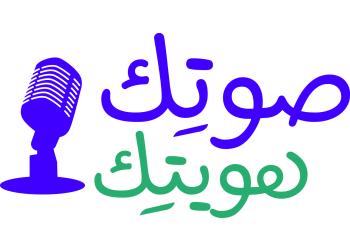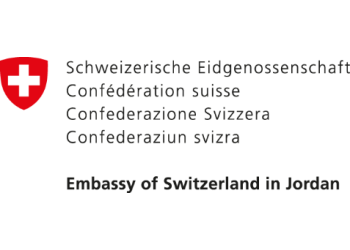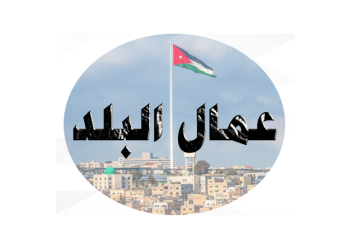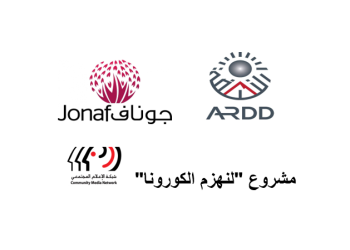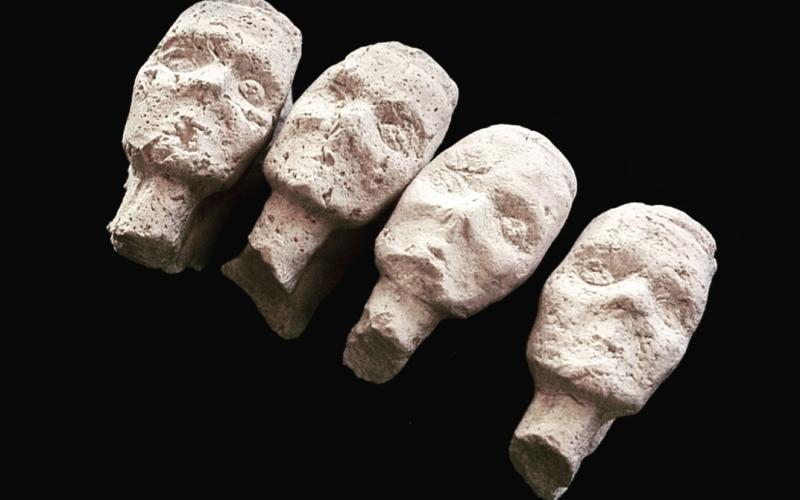
A commodious terra cotta chair, edible figurines and candy-shaped stones were among the creations that greeted visitors to Amman Design Week 2019. Taking place for the third time in the Jordanian capital from Oct. 4-12, the fair brought together 250 participants from 13 countries.
This year's theme was “The future is a step away: what are the possibilities?” uniting farmers with designers to offer new perspectives on the future of food. It also included a special "Future City" exhibition that focused on the possibilities of transforming public spaces into secure sites of food production.
Among the exhibition’s participants was Omar Sartawi, a Jordanian chef and creator of Jameed Chocolate who showcased his joint project "Ain Ghazal," based on Stone Age statues discovered in Jordan and now on display at the Louvre Abu Dhabi. Sartawi’s replicas, however, are edible. They're manufactured from a goat milk product called jameed, which is a key ingredient in mansaf, a traditional Jordanian dish of lamb cooked in a sauce of fermented dried yogurt and served with rice or bulgur.
“Jameed symbolizes the Jordanian identity, so our idea was to use solid jameed to form an edible building material,” Sartawi told Al-Monitor. “Within six months, I realized the concept, choosing the statue of Ain Ghazal as the oldest human statue to familiarize people with Jordanian sculpture. It is not easy to introduce art into food.”
Crafted by designer Bisher Tabaa, the clay "Earth Chair" is the perfect comfortable reading chair made entirely from earth. Tabaa’s message is that there is too much cement and not enough people reading books.
“The chair is manufactured from local clay and soil. We did not utilize any cement or iron. We wanted to employ local, natural materials that are readily available to encourage people to build with mud,” he told Al-Monitor.
Under the banner of "Material Innovation," Amman Design Week also invited contributions from fashion designers, architects and craftsmen working with textiles to preserve traditions in this field. For example, textile artist Ashraq Zuriqat constructed a Bedouin loom from scratch using raw materials. Zuriqat’s work focuses on the Bedouin arts of knitting and wool processing, from working raw wool to hand-dyeing using natural vegetable colorings and other acid chemical dyes.
“I tried to discover new types of fabrics and materials by using traditional hand techniques," she said. “I exhibited a piece that explores the possibilities of mixing leather and hand-dyed wool — materials that are not typically blended into a single product.”
“The fabrics I presented at the Amman Design Week were realized through graphic design. The idea is not based on our heritage alone, but also integrates cultures I have observed while traveling in the Middle East, Europe and North America,” she told Al-Monitor.
Ayman Azzam, who holds a master's degree in the chemistry of ceramic glazes, showcased a modern artwork of complex crystal formations on pottery forms, with patterns resembling stars, planets and sweets.
Ramallah-based architects Elias and Yusuf Anstas exhibited a stone pillar constructed from architectural relics in an approach that integrates building principles into contemporary architecture.
Speaking during Amman Design Week, Program and Design Coordinator Hala Haddadin told Al-Monitor that the event was put on “as a platform to support designers in all sectors during a nine-day conference in Ras Al-Ain, Amman, with continuing fiscal and technical sponsorship over two years.”
“We focused in this edition on locations and exhibitions around Ras Al-Ain and Jabal Al-Weibdeh in Amman, providing support, organizing workshops and fostering new experiences in creative thinking and design. This year’s theme was ‘probabilities,’ which encompassed new responses and solutions to creative problems, opening doors for designers to innovate with materials, craft and language,” she said.
Amman Design Week also included a networking exhibition for students from institutions in Jordan. As the only exhibition of work by university students from diverse backgrounds, the event offered an opportunity for high school and university-level designers from across the country to launch their careers through exhibiting their projects and joining a mentoring scheme.
Alongside its physical exhibits, Amman Design Week showcased musical acts from various cultures, including "Balconies," an interactive work produced by the Tajalla Society for Music and the Arts. The project put on more than 30 live performances from different balconies in cities and villages across the country, in partnership with more than 120 Jordanian artists.



